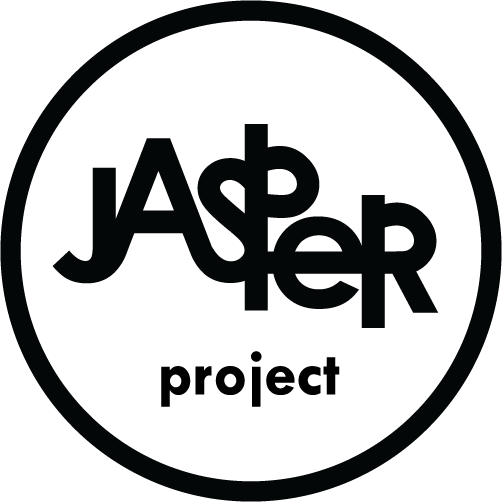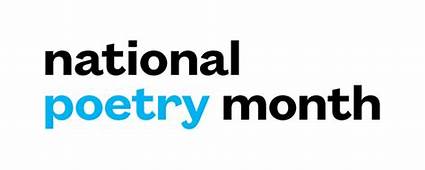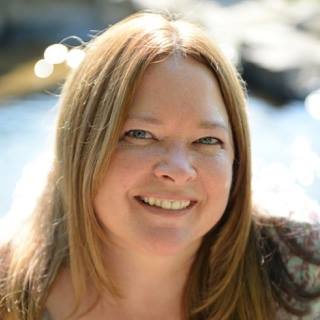“I'd like to see us transform our local arts community into the All Inclusive community it SHOULD be with a more diversified variety of art and artists.” - Corey Davis
Jasper caught up with local artist Corey Davis, one of the leaders in one of the city’s new alt arts groups called All: IN! Columbia Art Revolution to ask a few questions about their organization. With 71 members on their Facebook group, this 6-month-old organization is set to challenge the local arts status quo on the grounds of diversity, inclusion, and basically demanding to make visible some of the long missing, but still active faces of the extended Midlands arts community.
We learned about All: IN! via the process of organizing the Jasper Arts Fairway for West Columbia’s Kinetic Derby Day on April 21st. All: IN! will be one of the arts groups on the Fairway. We asked Corey Davis a few questions and here’s what he said.
~~~
Jasper: Which artists from All: IN! will be involved in Derby Day?
Davis: “I know a few for sure like Doug (Black Atom), Mike Poole, Ben Murray, are coming in the flesh. There are a few who will be leaving work with us to display. Justin Claypool will also be there. Local Concert photographer.
There's a possible 6th... But that's a surprise. He's well known and loved in the community. And a fellow renegade of art.”
Jasper: That’s pretty exciting. Can you tell me a little more about the group?
Davis: “Basically the group is like ‘The Island of Misfit Toys’ in our local arts community. A much needed alternative to the arts scene that had seemed to be overrun with the same names, faces, and art that have been attached to the scene for years, with very little diversity in art or artists.
The point of the group is to shatter that narrative that THIS is what art is. The art that's been forced upon us.
Since the art scene here is broken into cliques that create its circle, those cliques aren't made of a variety of artists, they are personal, built on personal relationships and not much in the way of art.
It’s beyond just ‘politics,’ a term that us now more dismissive than anything else.
The name, ALL: IN is a play on,’All Inclusive.’ Which is far from what our local arts scene is. We have come to change that for the comic artists, the hand crafters, the photographers, game developers, graphic designers. And better representation for artists from the black, Latino, LBGT community and the legion of women artists (especially black women), who go unseen in our galleries, museums, and festivals.”
Jasper: Have you guys gotten together in formal meetings or is it mostly getting together via social media now?
Davis: “We do meetings. We are long overdue for the next one. Mark Plessinger came in to offer his input and bring about a bit more structure. This [Kinetic Derby Day] will be our first public outing.”
Jasper: What would you like to see your group accomplish?
Davis: “I'd like to see us transform our local arts community into the All Inclusive community it SHOULD be with a more diversified variety of art and artists.”
Jasper: OK - cool -- How do you guys plan to accomplish your goal?
Davis: “By no longer ASKING to be a part of the community. We are kicking the door down. I've been privileged for the past decade almost to have a choice of where I want to show in the community but a lot of my fellow artists haven't. So this is bigger than just me. I'm using whatever privilege I have in the community to bring them to the forefront.”
Jasper: Is your group primarily visual artists?
Davis: “We range from crafters, visual artists, musicians, dancers, filmmakers, you name it. Pretty much every genre you can think of that's not openly represented in Columbia.”
Jasper: Is there anything else on the upcoming calendar that we can help plug?
Davis: “Right now I know there's a lot of separate shows we are doing outside of the group, but we are still kicking the idea around for an All In gallery show or event once our schedules permit.”
Jasper: how can folks become involved in your group?
Davis: “Check out the Facebook pages. Shoot a message or ask to join. If you see any of us at the events in the community just approach us and say, ‘I wanna be all in.’ Anyone is welcome - Professional or hobbyist.”
Check out All: IN! Columbia Arts Revolution at https://www.facebook.com/groups/125581774771636/
Check out the West Columbia Kinetic Derby day at https://www.kineticderbyday.com




























